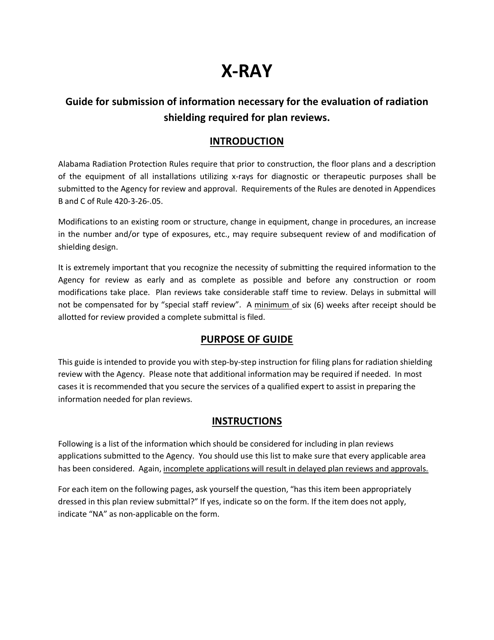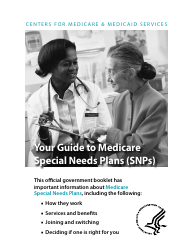Shielding Plan Guide - Alabama
Shielding Plan Guide is a legal document that was released by the Alabama Department of Public Health - a government authority operating within Alabama.
FAQ
Q: What is a shielding plan?
A: A shielding plan is a set of guidelines and strategies to protect individuals who are at higher risk of severe illness from COVID-19.
Q: Who should have a shielding plan in Alabama?
A: Individuals who are considered high-risk for severe illness from COVID-19, such as older adults and those with underlying health conditions, may benefit from having a shielding plan in Alabama.
Q: What should be included in a shielding plan?
A: A shielding plan should include measures to minimize exposure to COVID-19, such as staying home, practicing good hygiene, and avoiding close contact with others.
Q: How can I create a shielding plan in Alabama?
A: To create a shielding plan in Alabama, consult with your healthcare provider to assess your individual risk factors and discuss strategies for protecting yourself from COVID-19.
Q: How long should a shielding plan be followed?
A: The duration of a shielding plan may vary depending on the individual's risk factors and the current situation of COVID-19 in the community. It is important to regularly review and update the plan based on the latest guidance from public health authorities.
Q: What other precautions should be taken while following a shielding plan in Alabama?
A: In addition to following the guidelines of a shielding plan, it is important to stay informed about the latest COVID-19 updates, follow local health orders and recommendations, and seek medical care if needed.
Q: Can a shielding plan guarantee protection from COVID-19?
A: While a shielding plan can help reduce the risk of exposure to COVID-19, it does not guarantee complete protection. It is important to continue practicing preventive measures and staying informed about the latest guidance from public health authorities.
Form Details:
- The latest edition currently provided by the Alabama Department of Public Health;
- Ready to use and print;
- Easy to customize;
- Compatible with most PDF-viewing applications;
- Fill out the form in our online filing application.
Download a fillable version of the form by clicking the link below or browse more documents and templates provided by the Alabama Department of Public Health.









